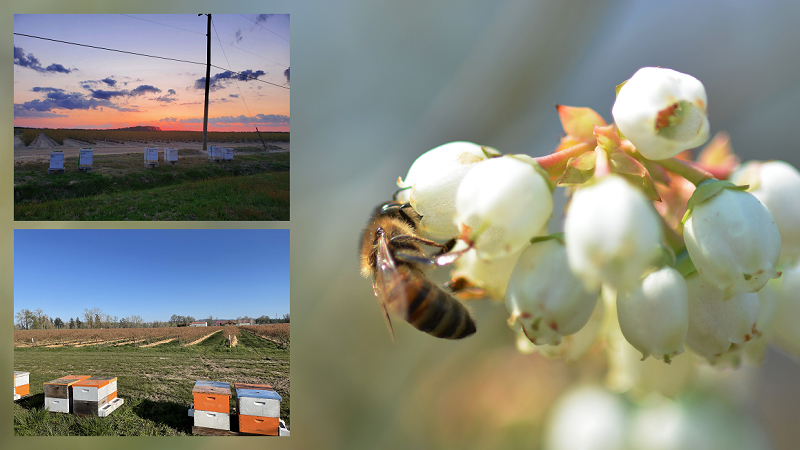Reducing Fertilizer Costs In Blueberries

It was when fertilizer prices began to increase sharply in 2005 that Glen Harris, an Extension agronomist for soils and fertilizer at the University of Georgia (UGA), realized that finding ways to reduce fertilizer costs in specialty crops such as blueberries was going to become an important subject for researchers like himself. Though most of Harris’ career has been focused on cotton and peanuts up to this point, specialty crops is an area he would like to devote more time to in the future.
The blueberry studies in which he became involved a couple of years ago were Harris’ opportunity to begin branching out into specialty crops. In order to gain a handle on where he could lend a hand, Harris began working with colleagues who have a background in specialty crops, such as Gerard Krewer at UGA.
Harris recognizes that while there are no perfect solutions, there are measures growers can take to get the most value they can out of fertilizers. Some of these measures are contingent upon the type of crop. “There are similarities between crops regarding fertilizer usage, but each crop has its own unique fertility needs. For example, blueberries need a low pH,” he says.
Classic And Cutting Edge Both Work
One simple yet sometimes overlooked method when it comes to trimming fertilizer bills is soil testing. Soil testing works by attempting to simulate what the plant roots see in regard to nutrients, which is critical for determining which nutrients growers need to supplement and how much of each nutrient they should add.
Enhanced efficiency fertilizers is a new term for chemicals designed to be added to fertilizers to increase their efficiency. These products are relatively new to the market; right now, Harris and his colleagues are studying the available enhanced efficiency fertilizers to determine which products work with which fertilizers and which crops. For example, with the price of urea dropping, urease inhibitors, when used in conjunction with urea-based fertilizers, can prevent nitrogen from escaping from the soil surface into the surrounding air.
Some organic fertilizers can be used in blueberry production as well. While chicken litter is not the ideal fertilizer for blueberries due to its ability to raise pH and promote weed growth, it does have potential for the fruit as long as weed control and soil pH levels are well managed.
Four Important Points
The Four Rs, a theory for improving fertilizer use efficiency, is currently being promoted by the fertilizer industry, and Harris says it makes a great deal of sense. The Four Rs are the right rate, the right source, the right timing, and the right placement. To achieve the right rate, growers should rely on soil testing. For the right source, growers should do research to find out which one works best for their soil, climate, and growing conditions. There is a large variety and number of fertilizers that are available to growers; with so many choices, it is essential to choose the right one for each crop’s individual needs. Local Extension offices can be very beneficial in helping growers make these decisions.
The right timing simply means applying each product when the plant needs it most, to get the most benefit from the fertilizer. For example, growers in the Southeast part of the U.S. often split-apply fertilizers so they are not applying all of the products at the same time.
Achieving the right placement depends on the crop. For example, “banding,” or placing the fertilizer within very close proximity to the plant, works well on blueberries.










